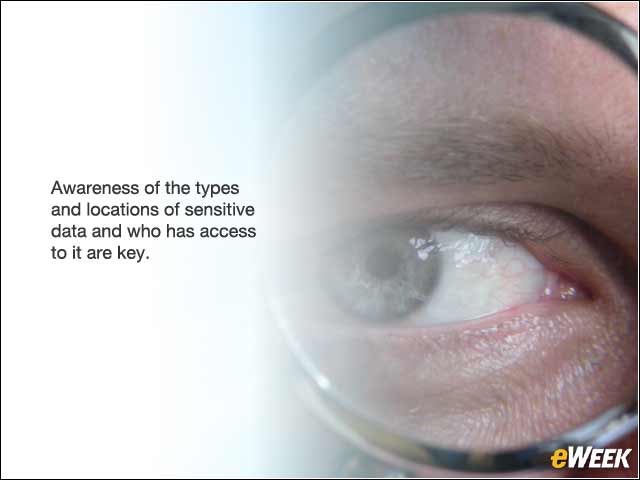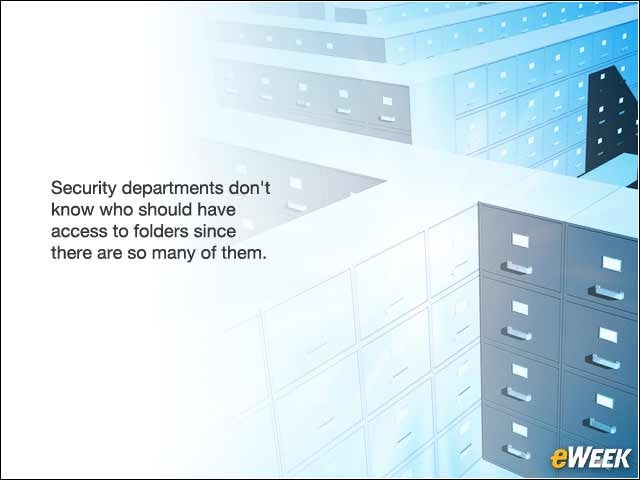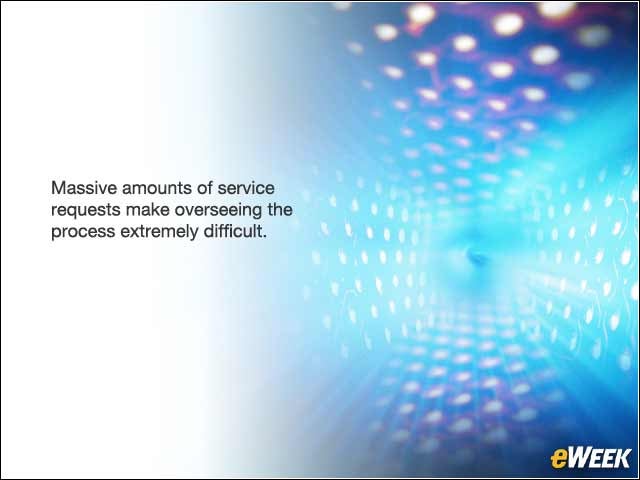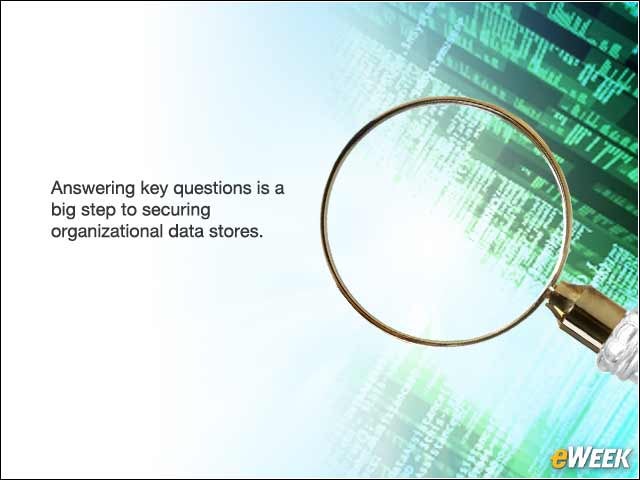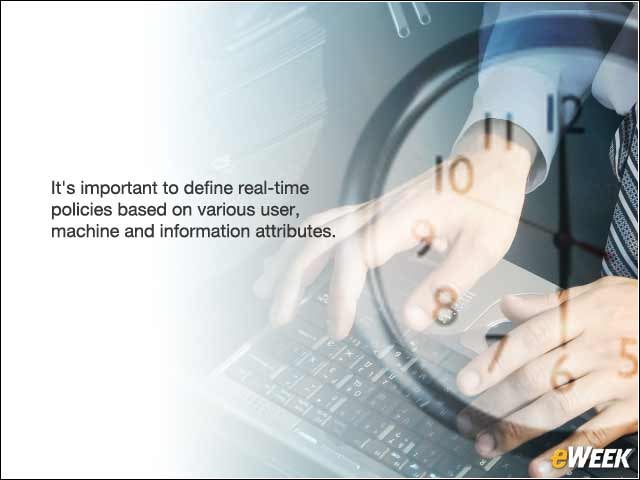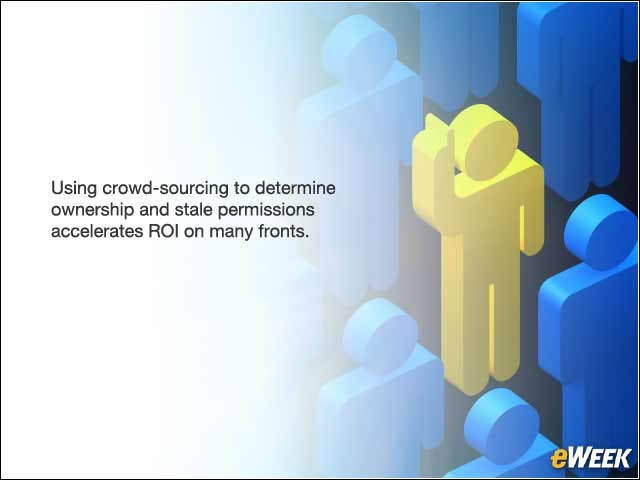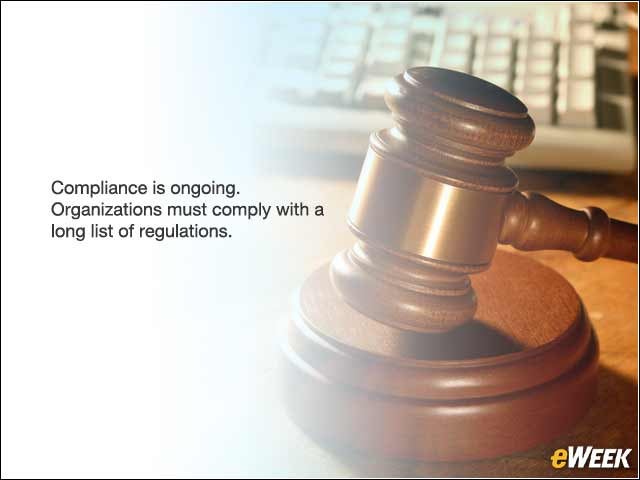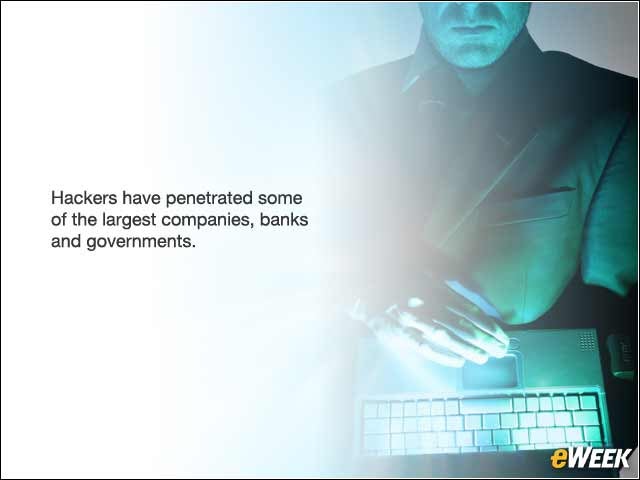eWEEK content and product recommendations are editorially independent. We may make money when you click on links to our partners. Learn More.
2Track-Sensitive Data
What does sensitive information looks like? Where is it located? Who can access it? Organizational data stores are live organisms in which information is constantly being added, duplicated, edited and deleted. Awareness of the different types and locations of sensitive data and who has and who should have access is complicated—and critical.
3Identify Delegate Responsibilities and Data Owners
4Increase Efficiency of Access Request Management
5Streamline Access Reviews
Organizations must continually review entitlements across applications and platforms to ensure access is actually needed and to remove excess entitlements. Collecting and analyzing millions of entitlements across many platforms and managing the review are an enormous challenge. However, studies have shown a dramatic decrease of nearly 30 percent in the number of entitlements after the first review.
6Find Out Who Is Doing What, Where, When and How
7Discover Who Can Do What
Looking at the big picture of granted entitlements across the enterprise is vital to accurately estimate potential exposure and risk factors. Having entitlements information from millions of files, folders, mailboxes, sites, and homegrown applications centralized and analyzed, can easily answer important questions, for example, on the types of information accessible to specific audiences (IT, domain administrators, etc.)
8Achieve Real-Time Protection
Because the number of security breaches and information thefts are on the rise, just knowing who is doing what is not adequate. Defining real-time policies based on various user, machine and information attributes dramatically increases the odds of preventing information leaks and the damages that comes with it.
9Reduce Capital and Operational Costs
High-end enterprise storage is a major expense in every organization’s IT budget. Despite the decrease in the cost per gigabyte, the sheer increase in the consumption of the organizational storage makes it a real concern. The ever-expanding increase of storage also raises the manpower needed for management. Using crowd-sourcing to determine ownership and stale permissions quickly accelerates ROI of deployment, implementation, and maintenance of securing and governing unstructured data.
10Enhance Compliance
11Strengthen Overall Security
Until you know what data is sensitive, who is accessing it, how, when and from what devices, you cannot protect it fully. Hackers are clever and determined; they’ve penetrated some of the largest companies, banks and governments. They want your information. Even if it isn’t valuable to them personally, it certainly has a value on the open market.

